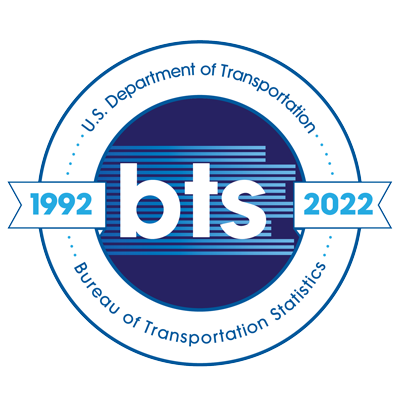Representation of Street Names and Monuments in the Public Places: A Toponymic study of Toronto
Topics:
Keywords: Toponymic studies, Thematic analysis, public places, collective memory, Toronto, inclusive City
Abstract Type: Virtual Paper Abstract
Authors:
homa hedayat, The Faculty of Environmental & Urban Change (EUC), York University
Roger Keil, The Faculty of Environmental & Urban Change (EUC), York University York University
L.Anders Sandberg, The Faculty of Environmental & Urban Change (EUC), York University
,
,
,
,
,
,
,
Abstract
Street names and monuments affect identity and shape and commemorate cultural aspects of public places and public collective memory. Commemorations are defined as “events or actions that honor and memorialize significant events, people, and groups from the past”. This paper seeks to convey how the City of Toronto commemorates public figures and events in street names, monuments, and other civic assets; uncover how systemic racism may be embedded in such names; and identify strategies to create public spaces that are more welcoming, inclusive, and reflective of Toronto's rich diversity, culture and heritage (Research Agreement between City of Toronto and York University April 11, 2022). The analysis is based on a sample of 215 streets in Toronto and East York, Scarborough, Etobicoke, and North York. The key findings for street names are that the presence of colonial and imperial names, and the names of prominent politicians and citizens are dominant as well as there is a sign of acknowledgment and appreciation of an Indigenous presence, but these names are typically Anglicized, deprived of their original meaning, out of place, and likely put in place without consultation with Indigenous communities.
Representation of Street Names and Monuments in the Public Places: A Toponymic study of Toronto
Category
Virtual Paper Abstract








